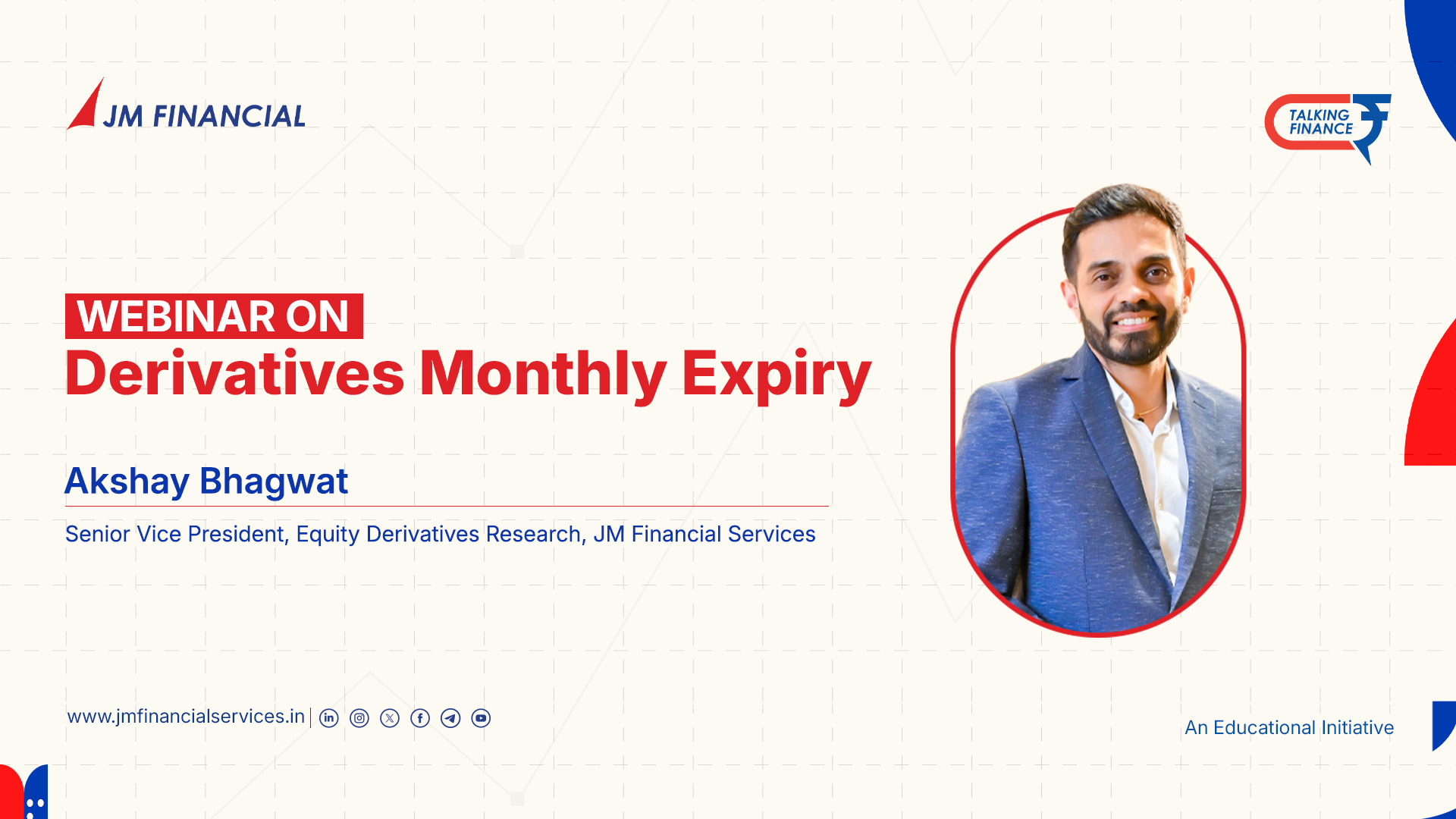What is Per Capita Income?
Terms like Per Capita Income can sound a bit academic. But once you drill it down, it’s actually a simple and meaningful way to understand the economic health of a country, a state, or even your own community.
In this blog, we’ll break down what per capita income really means, how it’s calculated, what it tells you about the economy, and why it matters—whether you’re a salaried individual, a small business owner, or a long-term investor.
📌 What is Per Capita Income?
At its core, Per Capita Income (PCI) is the average income earned per person in a particular area (like a country or state) over a specific time—usually a year.
It’s not just a number for economists or finance nerds—it’s a reflection of how well (or poorly) income is distributed among a population.
📈 The Formula for Per Capita Income
It’s pretty straightforward:
Per Capita Income = Total National Income / Total Population
Let’s say a country earns ₹100 crore in a year and has a population of 10 crore people. Then, the per capita income would be ₹10.
This doesn’t mean every citizen earns ₹10, though—it’s just an average, which is why it should be viewed alongside other indicators like income inequality, cost of living, or poverty levels.
🧐 What Does It Really Tell Us?
Per Capita Income helps answer questions like:
- Are people in this region generally getting richer or poorer?
- Is economic growth benefiting individuals?
- How does one country’s living standard compare to another’s?
But here’s the catch: it doesn’t tell the full story. You could have a high per capita income and still have deep income inequality—where a few people earn a lot, and many earn very little.
What About India’s Per Capita Income?
As per the latest data, India’s per capita income in FY 2023–24 crossed ₹2 lakh per year. While this sounds like good news, it also comes with a note of caution—it varies significantly between urban and rural populations, and between states.
For example:
- Goa and Delhi have higher PCI than the national average.
- States like Bihar and Uttar Pradesh lag behind.
That’s why investors and policymakers don’t rely on PCI alone—they look at growth trends, inflation, demographics, and government schemes to get the full picture.
💼 Importance of Per Capita Income?
Whether you’re planning investments or trying to understand the economy’s direction, PCI offers a benchmark.
- Investors look at PCI growth as a signal for consumer demand and market expansion.
- Businesses use it to decide where to open new locations or offer services.
- Governments use it to tailor economic policies and social welfare programs.
Pro Tip: Combine PCI with Other Metrics
Per capita income is best used with supporting indicators:
- GDP Growth: Shows overall economic activity
- Unemployment Rate: Reveals job availability
- Inflation Rate: Reflects real purchasing power
- Gini Coefficient: Measures income inequality
This holistic view helps individuals and institutions make smarter decisions.
🏦 How JM Financial Services Can Help
Understanding macroeconomic indicators like PCI is useful—but what you do with that insight is what truly matters.
At JM Financial Services, experts break down such complex data into practical investment advice. Whether you’re planning your portfolio, investing in mutual funds, or saving for retirement, they offer tailored strategies that align with India’s evolving economic landscape.
Why go it alone, when seasoned professionals can guide you with clarity?
FAQs:-
Q1: Is per capita income the same as average salary?
A: No. PCI includes all income, not just salaries—like profits, rents, and agricultural income.
Q2: Can a country have rising GDP but falling PCI?
A: Yes, if the population grows faster than income, PCI can drop even when GDP rises.
Q3: Does a high PCI mean everyone is well-off?
A: Not necessarily. It’s an average—wealth concentration in a few hands can skew it.
Q4: How often is India’s PCI updated?
A: Usually once a year, by the National Statistical Office (NSO).
- PAN Card
- Cancelled Cheque
- Latest 6 month Bank Statement (Only for Derivatives Trading)





